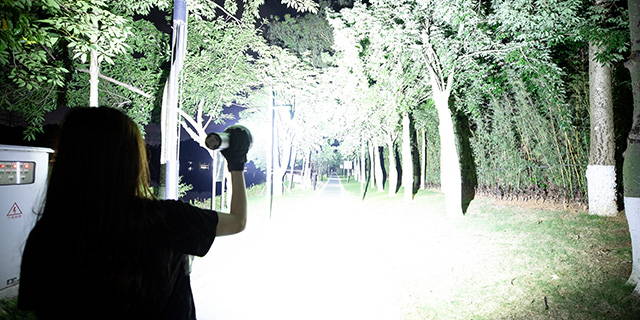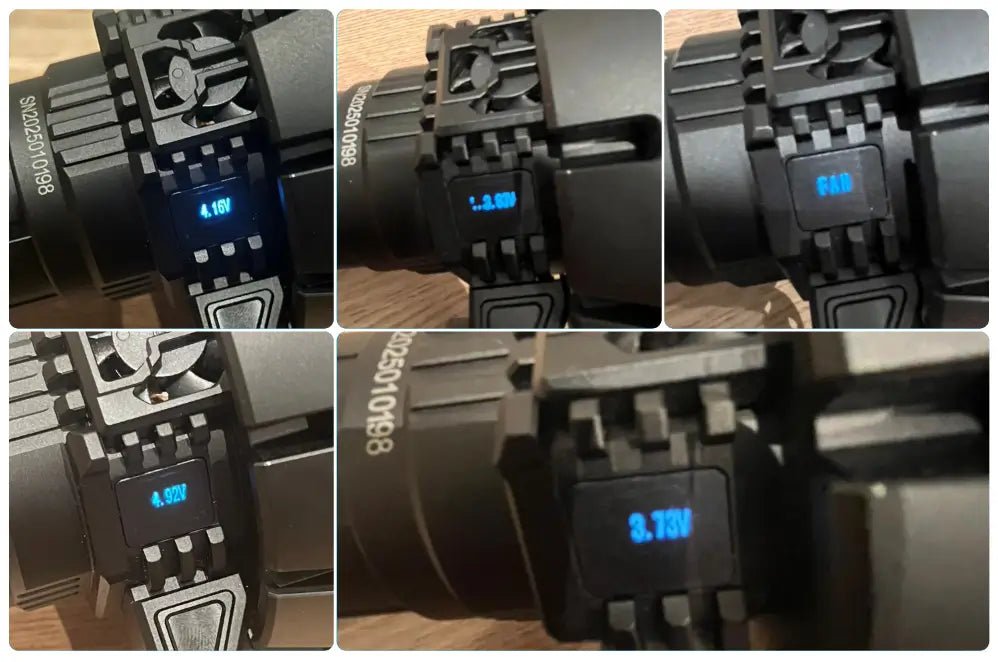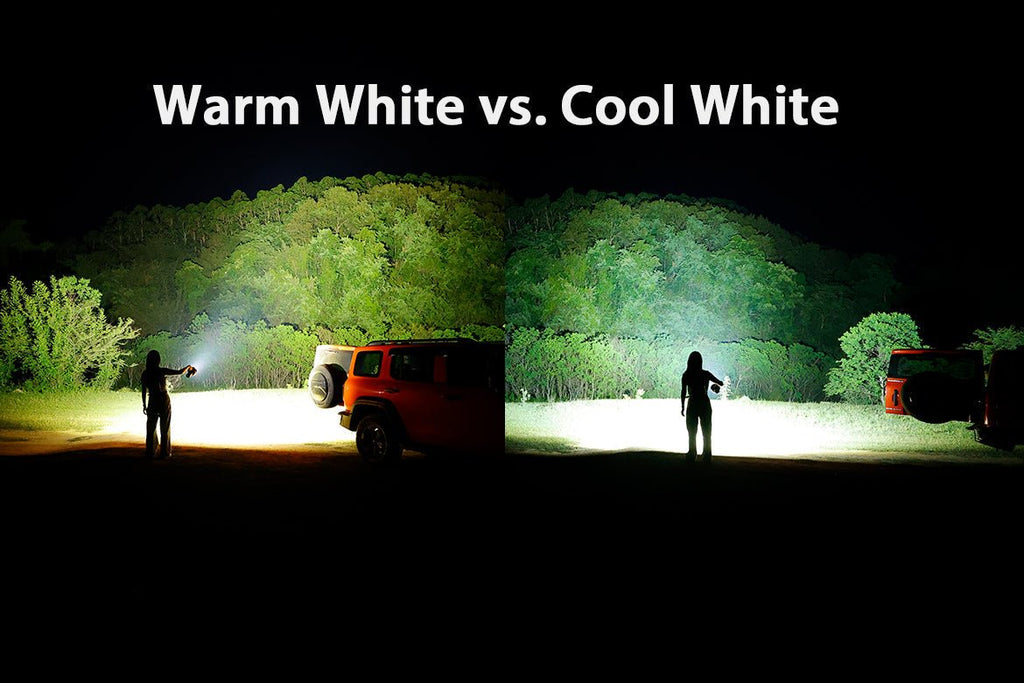No Products in the Cart
Esta a sido hasta la fecha mi linterna mas potente, y tengo unas 100 linternas, pero esta se lleva por mucha diferenica a las demás, no es algo para llevar continuamente encima, pero para disfrutar de vez en cuando es de lo mejor que hay, robusta, fiable y potente, muy potente.
When i received the package there was a problem with the battery pack, but the after sales service send me a new one without problems.
The flashlight itself i a beast!
5 stars!
Great light, seems very well built. Good user interface. The clip holds well
I've already bought 4 of these, so I gave them away as gifts, because they're so good.





